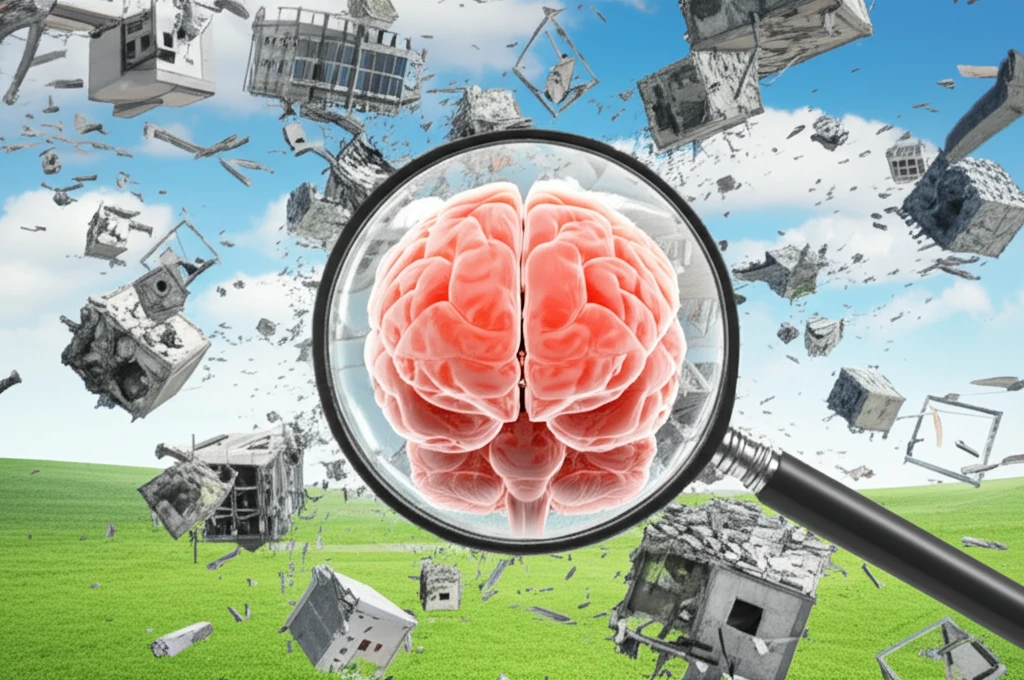
The Pain Game: How Your Brain's Biases Shape What You Feel
"Uncover the science behind pain perception and how expectations can intensify discomfort. Learn to recognize and manage these biases for a healthier, more balanced life."
Our senses don't always give us a clear picture of reality. Sometimes we perceive things that aren't quite there—phantom movements, imagined sounds, and, perhaps most distressingly, pain without a physical cause. While these experiences can feel alarming, modern psychology reveals they often stem from something surprisingly simple: our expectations.
Expectations can powerfully shape our perception. This concept has been highlighted in a recent study in Nature Human Behaviour by Jepma and colleagues, showing the way our expectations about pain influence how we learn about and ultimately perceive it. The findings reveal that we tend to prioritize information confirming what we already believe, creating a self-perpetuating cycle of biased pain perception.
This research shows that the relationship between expectation and pain isn't just about what we perceive in the moment; it's about how our brains learn and adapt, and the biases that can creep into that learning process. Understanding these biases is the first step toward managing them, offering hope for those struggling with chronic pain and related conditions.
The Predictive Brain and the Persistence of Beliefs

The idea that perception is heavily influenced by expectations is well-established. Theories like 'perception as inference' or predictive coding suggest that our brains constantly make predictions about the world. These predictions then guide our perception, favoring interpretations that align with what we anticipate. This becomes particularly intriguing when considering how persistent these expectations can be, even when proven wrong.
- Higher Pain Expectation: Higher pain expectations led to higher pain ratings and increased activity in pain-processing brain regions, reinforcing the idea that expectations directly influence our perception of pain.
- Selective Evidence Processing: Participants selectively adjusted their expectations based on previous experiences.
- Confirmation Bias: This resulted in a confirmation bias, where participants learned more from information confirming their expectations and ignored conflicting evidence.
- Neural Basis: Brain regions involved in anticipatory anxiety and threat showed engagement during stimulus anticipation, scaling with the confirmation bias.
Implications and Future Directions
The authors suggest these findings have implications for patients with chronic pain and other conditions, such as anxiety and depression, where maladaptive perception and learning are common. However, the results also suggest a potential upside: the confirmation bias can favor the perception of less pain, as seen in placebo treatments. Understanding how to harness our eagerness to confirm expectations could lead to better interventions.
